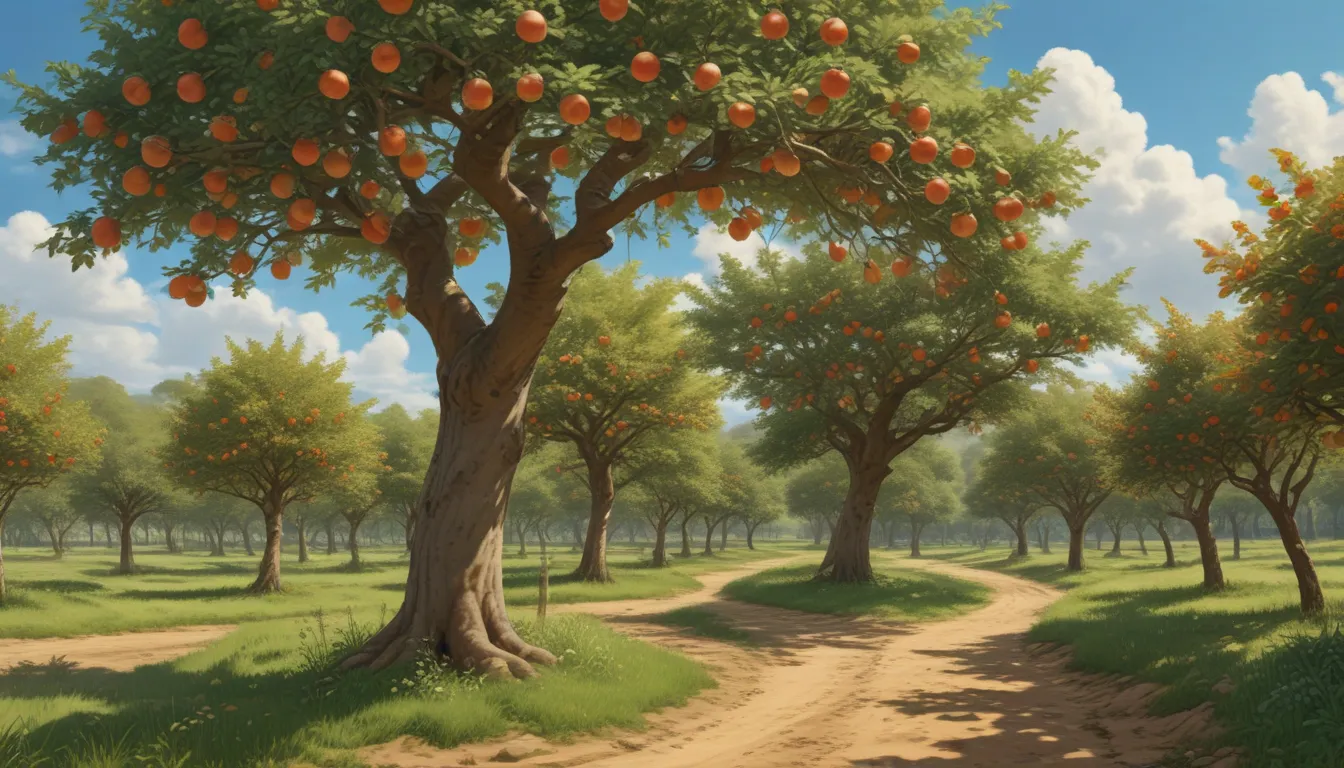Growing and Caring for Braeburn Apple Trees: Your Complete Guide

Are you an apple enthusiast who enjoys snacking, preserving, baking, or juicing? If so, you’ll find the Braeburn apple tree to be the perfect addition to your garden. This cultivar is not only delightful to eat but also visually appealing with its fragrant white flowers in the spring.
I’ve had the privilege of living in and near some of the best fruit-producing regions in the US and Canada. I’ve savored countless apples over the years, making me both a fan and a critic of various varieties. However, the Braeburn apple has truly impressed me with its flavor and appearance.
In this in-depth guide, I’ll walk you through everything you need to know to successfully grow and care for your Braeburn apple tree. From its history and cultivation to planting, maintenance, and harvesting, I’ve got you covered.
What Are Braeburn Apples?
The Braeburn apple is a cultivar of the domesticated apple tree, classified under the genus Malus. Originating from New Zealand in the 1950s, this cultivar is renowned for its taste, high yields, and aesthetic appeal.
With medium to large apples ranging in color from greenish-gold with red blushes to solid red, Braeburn apples offer a perfect balance of sweetness and tartness. Their firm texture makes them versatile for various culinary uses, from snacking to baking.
Cultivation and History
Discovered as a chance seedling in New Zealand, Braeburn apples have an interesting history. The cultivar was identified in the Nelson region by a farmer named Moran, who later sparked its cultivation by the Williams Brothers nursery. Since then, Braeburn apples have made their way to the US and gained popularity among growers and consumers.
When it comes to propagation, most apple trees, including Braeburn varieties, are commonly grafted onto suitable rootstocks. Grafting allows growers to produce identical clones and control genetic traits.
Transplanting Tips
- Use mycorrhizal fungi to promote root health.
- Choose the right rootstock (dwarf or semi-dwarf) for your planting site.
- Follow proper planting techniques to ensure the tree’s success.
How to Grow Braeburn Apple Trees
To nurture your Braeburn apple tree to maturity, it’s essential to provide the right conditions for growth and development. Here are some key factors to consider:
Soil and Climate
- Ensure organically rich, well-draining soil with a pH of 6.0 to 7.0.
- Plant in a location with full sun exposure.
- Consider your climate zone (Zones 4 to 9) and chill hour requirements.
Irrigation and Fertilizing
- Monitor soil moisture and water regularly, especially during dry periods.
- Use a slow-release, organic fertilizer in the spring for optimal growth.
- Avoid over-fertilizing to prevent nutrient imbalances.
Pollination and Companion Planting
- While Braeburn trees are self-fertile, consider planting cross-pollinating varieties for better fruit set.
- Implement tree guilds with companion plants like herbs and bulbs for a thriving ecosystem.
Pruning and Maintenance
Pruning your Braeburn apple tree is essential for promoting health, shaping growth, and maximizing fruit production. Regular pruning during dormancy and throughout the growing season helps maintain a strong framework and prevent overgrowth.
Maintenance Tips
- Prune during dormancy to remove deadwood, water sprouts, and crowded branches.
- Thin fruit to prevent branch overload and encourage larger fruit growth.
- Remove competing vegetation around the base of the tree to reduce competition for resources.
Where to Buy and Managing Pests and Disease
Braeburn apple trees are widely available at local nurseries and online retailers. When purchasing, ensure you select a healthy specimen that suits your planting needs.
Be mindful of common apple tree pests and diseases, such as fire blight, powdery mildew, and aphids. Implement proper preventive measures and treatments to maintain a healthy tree.
Harvesting, Storing, and Recipes
Harvest your Braeburn apples in October, and store them in cool conditions to prolong their freshness. Explore creative recipes and cooking ideas, such as homemade applesauce and cinnamon apple tart cakes, to fully enjoy the flavorful fruit.
Recipe Recommendations
- Homemade chunky applesauce: A simple and delicious comfort food.
- Cinnamon apple tart cake: A delightful dessert with a buttery cinnamon topping.
Quick Reference Growing Guide
Here’s a quick overview of key points to remember when growing Braeburn apple trees:
- Plant Type: Deciduous fruit tree
- Flower/Foliage Color: White/green
- Hardiness (USDA Zones): 4-9
- Exposure: Full sun
- Soil Type: Loamy
- Height: 12-15 feet
- Spread: 12-15 feet
- Chill Hours: 700
Embrace the Braeburn Experience
With its rich history, delightful flavor, and stunning appearance, the Braeburn apple tree is a worthwhile addition to any garden. By following the tips and techniques outlined in this guide, you can successfully grow and care for your Braeburn trees, ensuring a bountiful harvest of delicious apples.
Are you ready to take a chance on Braeburn? Share your favorite family apple recipes in the comments below and explore the world of apple cultivation with this exceptional variety.
Happy growing and happy snacking!
*Photo by Nikki Cervone





